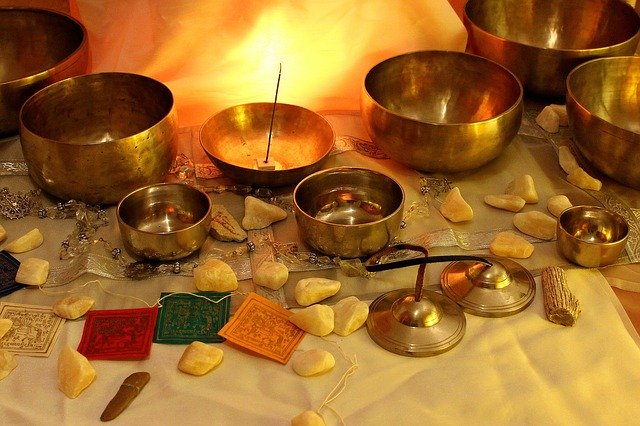In these times of increasing uncertainty, compounded by the global spread of the Coronavirus, the level of anxiety in individuals and the community at large can intensify (you only have to notice panic buying to witness anxiety contagion). Anxiety impacts every facet of our lives – our relationships, problem solving, decision making and communication. We can become abrupt with our significant others, quick to anger, argumentative, determined to prove we are right or hyper-critical of their words and action – all traits likely to damage close relationships which are built on mutual respect and appreciation.
Research also shows, for example, that 7% of people in Europe are frequently lonely. The loneliness epidemic experienced in Australia, US and UK (where they have a cross-Government strategy to tackle the challenges involved) is exacerbated by the need to engage in social distancing, social isolation and, in increasing numbers, to work from home. For people who are used to social contact and interaction at work, working from home can compound the loneliness problem.
Added to the isolation from social work contacts is the banning of the normal places of social gatherings outside work such as restaurants, sporting events, concerts, university classes and professional conferences. So, it is extremely difficult for people experiencing new levels and increased frequency of loneliness to find social support, other than electronically. This puts pressure on people, young and old, to learn new ways of communicating (abbreviated social media messaging will not fill the void). Fortunately, new technologies for online communication such as Zoom have really helped to address the growing problem of physical isolation and its attendant problem of loneliness.
With more people out of work each day as businesses close under Government direction or because they are no longer viable in a social distancing environment, increasing numbers of people are experiencing economic anxiety and depression – they cannot see a way out of their current, seemingly intractable, financial problems.
Before the Coronavirus, depression was already a major health issue in communities around the world. Isolation and loss of employment – two very significant factors in precipitating or aggravating depression – are likely to accelerate the already exponential growth in depression in the community unless new ways are instituted by Governments, communities and entrepreneurs to redeploy people to arenas of employment experiencing growth in demand (such as healthcare support, farming and Coronavirus contact tracing) and individuals are able to find ways to address their mental health and overall wellbeing.
Mindfulness meditation – a way to address anxiety, loneliness and depression
Neuroscience research, such as that conducted by the Mindful Awareness Research Center (MARC), demonstrates the power of mindfulness and related meditation practices to eliminate anxiety, overcome loneliness and reduce depression. A search on “meditation” in the search block of this blog will highlight many meditation practices for individuals to address these mental health challenges. Some examples are:
- A brief meditation for anxiety
- What do you do if mindfulness does not reduce your symptoms of anxiety or depression?
- A meditation for facing fear and anxiety
- Finding the well of ease in times of anxiety
- How to let joy into your life
- Grounding yourself in your body in times of uncertainty
MARC provides weekly meditation podcasts on a very wide range of topics. These can be accessed either through their website or via the UCLA App providing “meditations for well-being”. These meditations can be supplemented and reinforced by other mindfulness practices.
Reflection
The advent of the Coronavirus has compounded the problem of mental illness in communities around the world leading to growing anxiety, loneliness and depression. People who previously did not experience these adverse mental health conditions are now succumbing to their widespread community encroachment. Research has demonstrated that mindfulness meditation is an antidote to these mental health challenges and is a source of overall wellbeing.
The personal challenge is to overcome our initial reservations and disbelief and to take advantage of the numerous sources of mindfulness meditation available to us. At first, we are inclined to believe that the challenge to our mental health and welfare is too great and that meditation is too simple a solution. However, beginning with some small meditation practice and maintaining it daily, can make a very significant positive impact on our mental and emotional state.
________________________________________
Image by Shahariar Lenin from Pixabay
By Ron Passfield – Copyright (Creative Commons license, Attribution–Non Commercial–No Derivatives)
Disclosure: If you purchase a product through this site, I may earn a commission which will help to pay for the site, the associated Meetup group and the resources to support the blog.


